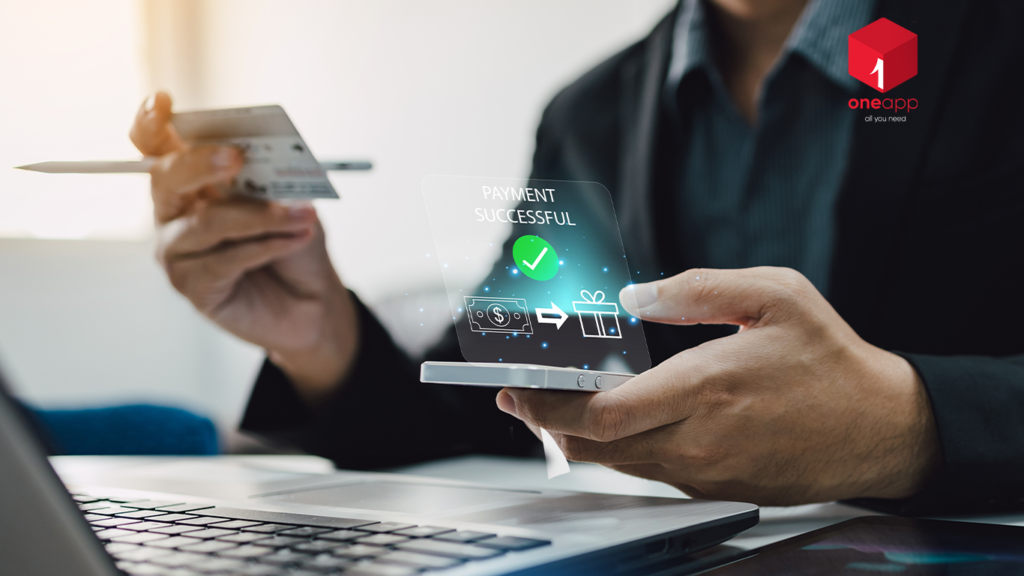Online Payment is the norm of the present world. Not only it made transactions easier and safer but also trackable, which has contributed significantly against the corruption and money laundering specially in the developing nations like India. Online payments also known as digital payment as the transactions take place via an electronic medium are referred to as digital payment. Cash or cheques are not required here.
There are various modes and types of digital payments used in India.
VARIOUS TYPES OF ONLINE PAYMENTS
Banking Cards: Banking cards are known to be the most widely used format of digital payment system in India. Not only does it offer some great features but also provides convenience and security to the users. Banking cards also offer the flexibility of making other types of digital payments. The customers can store their card details in the mobile application and pay for the services using the details stored. Debit and credit cards can be used for various digital transactions like POS terminals, online transactions, mobile app payments in kinds of services like grocery, healthcare, rental cab booking, flight tickets, etc.
USSD ( Unstructured Supplementary Service Data): USSD is a popular digital payment method which is also used for carrying out cashless transactions with the help of a smartphone, even without installing any banking app. The best thing about USSD is that it even works without mobile data. The main aim of USSD is to include those sections of people in the society who are not included in the mainstream. The most convenient feature of the USSD is that it can be availed in Hindi. The USSD can be used for varied purposes initiating fund transfers, making balance enquiries and also getting bank statements
AEPS (Aadhaar enabled payment system): AEPS can be used for all banking transactions such as balance enquiries, cash withdrawal, cash deposit, aadhaar to aadhaar fund transfers etc. All these transactions are carried out with the help of a banking correspondent based on Aadhaar verification. This service can be availed only if the aadhaar card is registered with the bank where an individual customer has an account.
UPI (Unified Payment Interface): UPI is the latest digital payment standard where the user, who has a bank account can transfer money to any other bank account using the UPI based app. UPI enabled payments can be made at any time, all through the year. Payments can be made using a Virtual Payment Address (VPA). One must have a bank account and a registered mobile number to use UPI services.
Mobile Wallets: Mobile wallets are another payment option largely used. Here the users can add money to their virtual wallets using debit or credit cards and use the money added in the wallet to make digital transactions.
Point of Sale Terminals: POS terminals are installed in almost all shops or stores today where payments are done through debit and credit cards. There are two variations of POS, one which can be Physical POS and the other being the mobile POS. The mobile POS helps with the need of maintaining a physical device.
Mobile Banking: Mobile banking is a service which is provided by the banks through their mobile apps to be installed in a smartphone for performing transactions digitally. The scope of mobile banking has increased extensively after the introduction of UPI and mobile wallets.
Internet Banking: Internet banking is the process of performing banking transactions from the comfort of your home using a mobile phone, laptop or desktop and an active internet connection. The major type of transactions can also be done through. internet banking. Internet banking services can be availed round the clock and all through the year and is considered a popular choice for performing digital transactions.
Do you agree that the advent of online payments has been beneficial or do you prefer the cash system more and why? Share with us in the comments.

